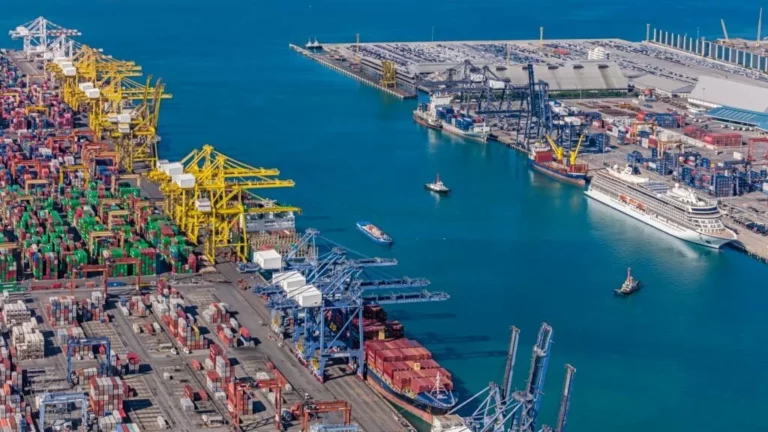What is EXIM Custom Declaration?
EXIM Custom Declaration explained.
EXIM (Export-Import) Custom Declaration refers to the formal documentation required by customs authorities when goods cross international borders. It encompasses a detailed declaration submitted by exporters or importers, outlining specific information about the shipped goods in adherence to customs regulations and trade laws.
How does it work?
Regulatory Compliance: Exporters and importers must provide accurate and comprehensive information about their shipments to comply with the customs requirements of both the exporting and importing countries.
Duty Assessment: Customs authorities utilize this declaration to assess duties, taxes, and tariffs applicable to the goods being imported or exported.
Security and Control: It serves as a means for customs officials to monitor and control the movement of goods across borders, ensuring compliance with trade policies and security measures.
Why is it needed?
Legal Requirement: It is a mandatory legal requirement for international trade transactions, facilitating transparency and legality in cross-border movements of goods.
Customs Clearance: A thorough and accurate EXIM Custom Declaration expedites customs clearance processes, reducing delays and ensuring a smooth flow of goods across borders.
Trade Compliance: It ensures adherence to trade regulations, preventing unauthorized or illegal movement of goods and contributing to fair and ethical trade practices.
Significance:
Regulatory Adherence: The EXIM Custom Declaration is crucial in adhering to the legal and regulatory framework of both the exporting and importing countries, ensuring compliance with customs and trade laws.
Financial Implications: Accurate declarations impact the assessment of duties and taxes, influencing the financial aspects of international trade transactions for both exporters and importers.
Risk Management: It aids in risk management by providing comprehensive information, allowing customs authorities to detect discrepancies, illegal goods, or security threats.
Key Components of EXIM Custom Declaration:
Exporter/Importer Details: Information identifying the exporter and importer, including contact details, addresses, and relevant identification numbers.
Shipment Details: Description of the goods being shipped, including quantity, value, classification, and any specific characteristics or handling instructions.
Country of Origin/Destination: Declaration of the country where the goods originated and the intended destination, which determines tariffs, trade agreements, and customs procedures.
Compliance Statements: Declarations affirming compliance with trade regulations, accuracy of information provided, and authorization to export or import the goods.
Ensuring Accuracy and Compliance:
Thorough Documentation: Providing complete and accurate information in the declaration to avoid discrepancies or delays during customs clearance.
Knowledge of Regulations: Staying informed about the customs regulations, requirements, and documentation standards of both the exporting and importing countries.
Professional Assistance: Seeking guidance from customs brokers or professionals well-versed in international trade regulations to ensure compliance and accuracy in declarations.
In summary, the EXIM Custom Declaration is an essential component of international trade, serving as a formal declaration of shipped goods. Its significance lies in facilitating regulatory compliance, influencing financial implications, and aiding in risk management. Key components include exporter/importer details, shipment specifics, country of origin/destination, and compliance statements. Accuracy, thoroughness, and compliance with regulations are crucial to ensure seamless customs clearance and adherence to trade laws in international transactions.






